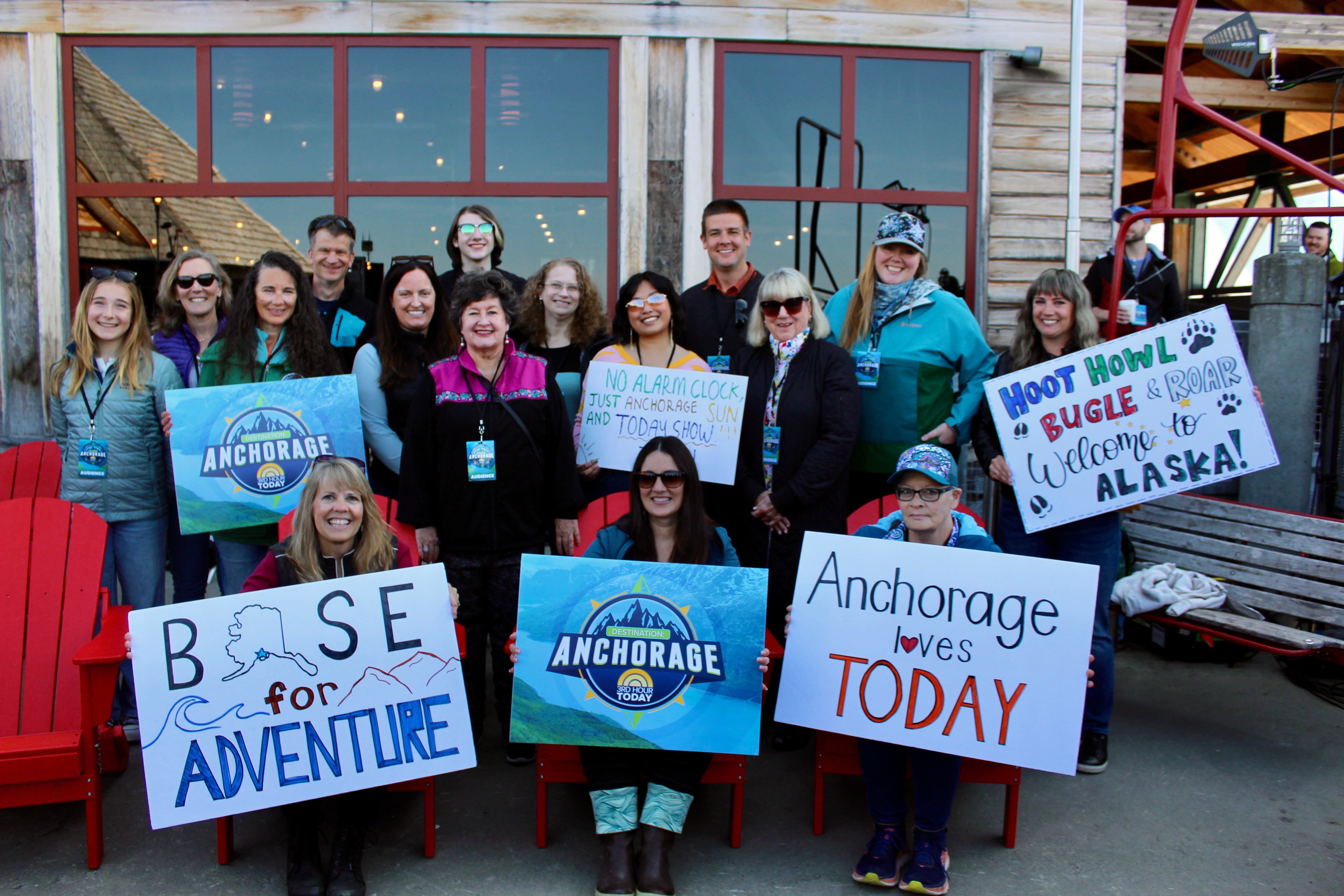50 terms every PR pro should know
Whether you’re just kick-starting your communications career, you’ve stumbled into a position that requires a little more PR know-how than you bargained for, or you’re trying to promote your own business, the world of PR can seem intimidating. Industry leaders throw around terms like SEO, micro-influencer or Barcelona Principles – it can certainly be confusing to professionals new to the field. We’ve put together a list of some of the most commonly used PR words and phrases so you can walk into your next meeting speaking the language of PR. Industry pros, what else would you add to this list?Ad value: a monetary value given to coverage in relation to how much an ad of the same size would cost in a hard copy of the outlet. Note that many PR practitioners are migrating away from measuring success in ad value and looking towards the Barcelona principles.Barcelona Principles: seven guidelines that provide a framework for measuring the effectiveness of a public relations campaign. They focus more on key messaging and if it reached a target audience instead of just relying on ad value and general reach.Blog: regular content updated on a website that is relevant to a business and will help people find that business online. It’s also a quick and easy tool for increasing SEO.Boilerplate: brief description of a company or organization most commonly seen at the end of a press release.Branding: attributes or characteristics that distinguish a product, location or experience. These should be consistent, unique and easily identifiable.Community relations: an area of public relations responsible for building relationships with community stakeholders and organizations such as schools, charities, clubs, special interest groups and more. This relates to corporate social responsibility or CSR.Circulation: also referred to as reach, this is the number of people who receive a print or digital publication or view a TV segment.Crisis communications: communications that aim to protect and defend an individual, company or organization when the worst happens.Earned media: an unpaid, third-party endorsement that mentions an event, product or other news in relation to a company or organization typically obtained through media relations. This includes print, radio and TV coverage as well as social media or influencer promotions. Basically, the opposite of paid media or advertising.Editorial calendar: a schedule of topics that will be covered by a publication over a period of time. You may also create an editorial calendar for a client’s owned content such as media pitches, social media strategy, blog posts and newsletters.Embargo: an agreement that information shared with media will not be published before an agreed-upon date and time.Employee relations: communications and activities designed to build positive relationships between employees and employers.E-news: a newsletter produced by an organization usually including industry news and company updates that is distributed to email subscribers. (Sign up for ours at the bottom of this page!)Evergreen: content or story ideas that could be published at any time as opposed to a story with a timely component, such as an event or new product launch.External communications: disseminating information to manage a company’s reputation among the public, stakeholders, politicians and other key groups.FTC: The Federal Trade Commission is a government agency that protects consumers from false or misleading business promotions. It is increasingly important in the PR world because FTC crackdowns are increasing as influencer marketing grows.Hashtag: a word or a phrase that is user-generated and applied on social media posts. It is preceded by a pound sign (#) and is clickable so you can view all content that includes the same hashtag. These are good for building brand awareness, campaigns and contests. Check out one of our favorites, #PRprovides.Internal communications: sharing information and policy changes between all levels of management within an organization.Issues management: identifying and responding to public policy issues for an organization and its public. Check out our sister agency, Blueprint Alaska.Journo: short for journalist. In PR, we love our abbreviations and acronyms.Listicle: an article or other piece of writing presented in the form of a list.Macro-influencer: a social media influencer with a large following, typically with more than 50,000 followers, though the exact number varies.Micro-influencer: a social media influencer with a smaller but very engaged following. There are many benefits to working with micro-influencers, including an often-smaller cost.Media advisory: similar to a press release, this is information sent to media outlets that alert them about an event or occurrence. It answers the four W’s and an H and typically includes a call to action or exclusive invitation to an event.Media monitoring: programs like Cision and Meltwater help agencies gather all mentions of a client to be included in reporting and coverage recaps.Media relations: working with media to tell a brand’s story by reaching out to journalists, planning press trips, fact checking, managing media lists and more.Niche publication: any publication that is very specific and highly targeted to a carefully curated audience. Many niche publications inherently have a smaller reach although that is not always the case.Owned media: original content created by or for an organization including blogs, social media channels, newsletters, etc. Talk to our creative content team to see how to maximize your business’s owned media.Paid media: traditional advertising and other paid placements. Traditionally, PR steered clear from paid media to focus on owned and earned media. The rise of pay-to-play placements and the digital realm is leading to more collaboration between advertising, PR and marketing.Pitch: a highly targeted story idea sent to a journalist that usually includes a specific call to action. This could also serve as a teaser before a press release or media advisory.Placement: an overarching term for earned or paid media coverage.Press kit: a package of materials distributed to and available for members of the press that typically includes information about an organization or effort, such as fact sheets, photos, bios and more – to make creating a story for a journalist easier.Press release: an official statement or announcement written by a company or organization and issued to media outlets. This can be repurposed or distributed verbatim.Presser: press conference.Press trip/tour: a trip planned for media to have a chance to interact face-to-face with an organization and its offerings such as a new product or tour. This can also be called a FAM (familiarization) trip.Pubs: short for publications.Return on investment (ROI): ratio of money gained or lost on an investment. In public relations, usually represented by the ad value of media coverage or another agreed-upon measurement such as the Barcelona Principals.Round-up: a feature that highlights multiple organizations, tours, products, locations, etc. in a single, often listed, article. We love USA Today’s 10Best on travel and tourism.Search engine optimization (SEO): one of the top strategies for growing website visibility through organic searches. SEO is a way to improve the website’s ranking on search engines. Techniques include content creation, keyword strategies, content readability, website building, user experience, etc.SEO keywords: specific keywords in your content that make it more visible and possible for people to find you. Keywords are words that people use to search for something online. Market research helps businesses determine why “museums in Houston” may generate better results than “Houston museums.”SERP or search engine results page: a company’s SERP ranking dictates where in the order of search results its information appears on Google or other search engines. The ultimate SEO goal is to appear first under the search bar.Sponsored content: an article or message that is paid for by a company or organization but appears on influencer or media sites. Sponsored content often requires a disclaimer that it is a paid placement.Social media influencer: someone who has a large number of followers and has established enough credibility that other users look to them for inspiration. Brands often compensate them to serve as ambassadors. This is essentially the social media form of product placement.Talking points: this is a cheat sheet of relevant facts and figures that are given to clients or media outlets before interviews. Target market or audience: intended recipients of a brand’s message. These are the people who are interested and able to invest in your product, service or location.Tools and tactics: specific things PR practitioners do to benefit their clients and support overall strategies.UVPM: this stands for unique visitors per month and refers to a website’s reach. Viral: a word used to describe something that has garnered a lot of attention on the internet. This could be a picture, video, link or anything that has spread rapidly by being frequently shared via social media, blogs and more. While we hope that we are always creating viral-worthy content, there is no way to ensure that something will go viral. It is completely dependent on the unpredictable ways of the internet.Vlog: a video blog.Voice search: an increasingly popular way users are looking for information online and through devices like Alexa and Siri. Be sure to include voice search optimization into your SEO plan.







